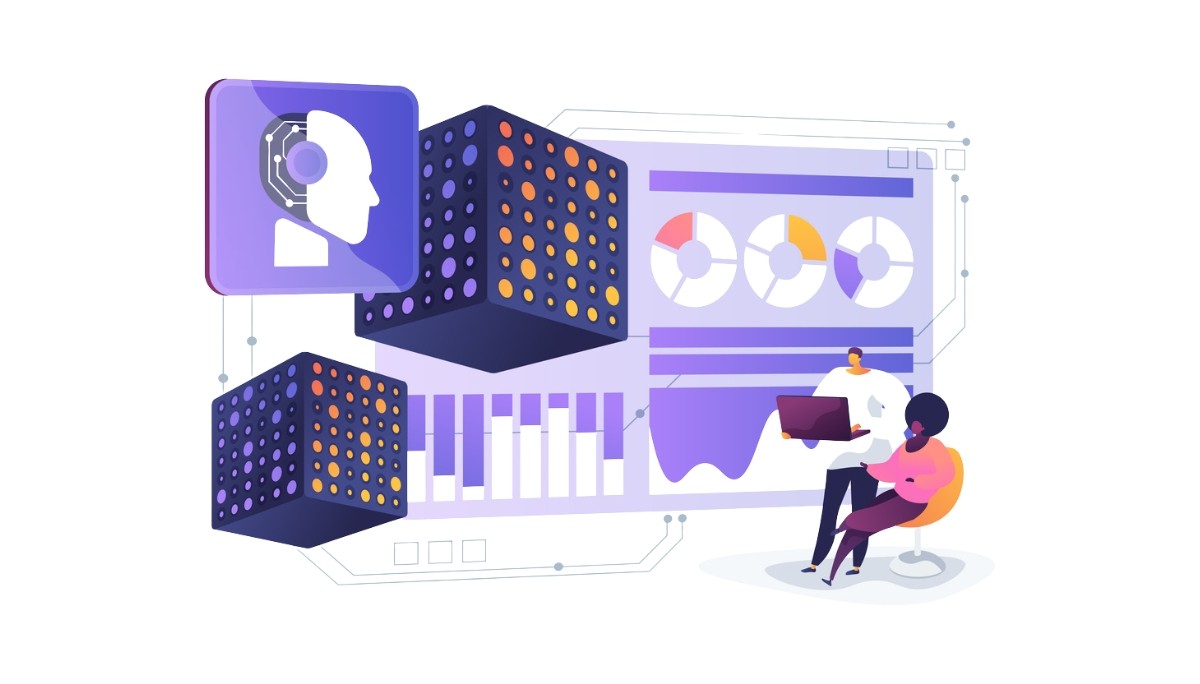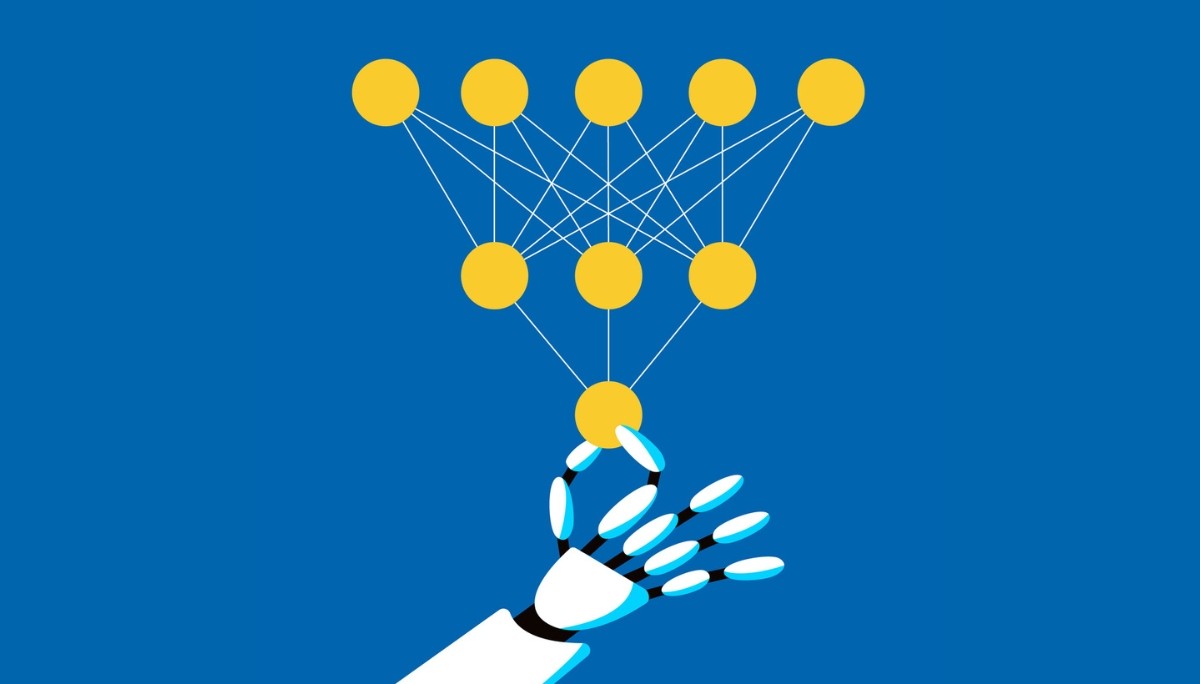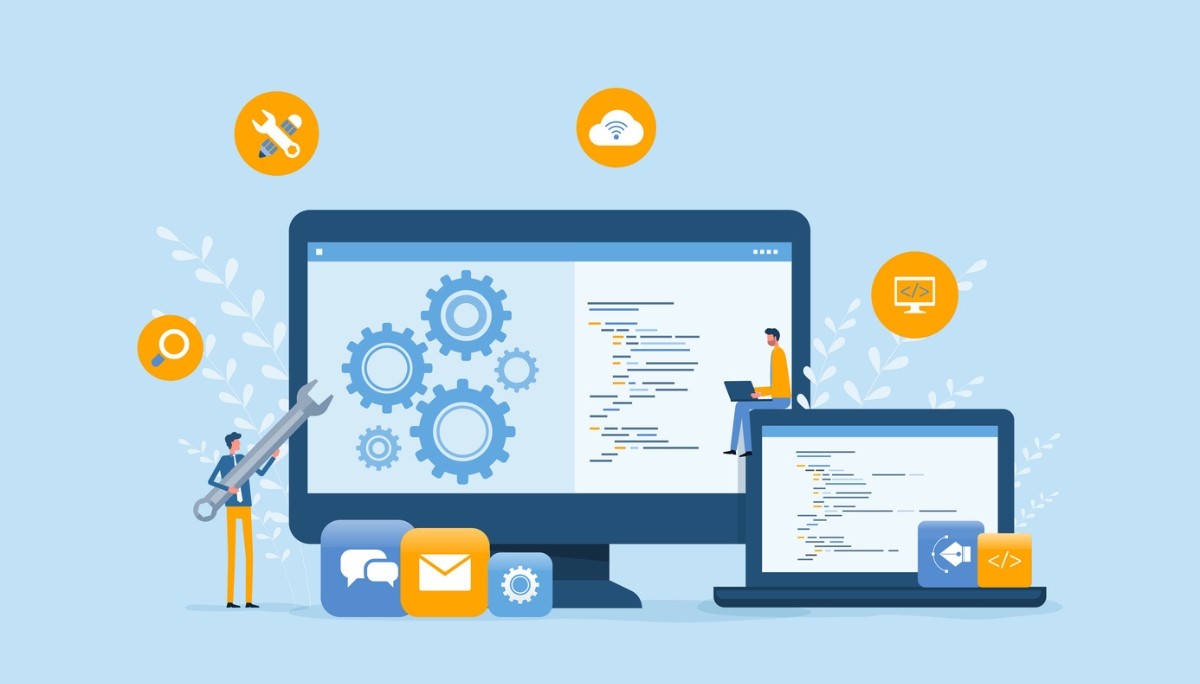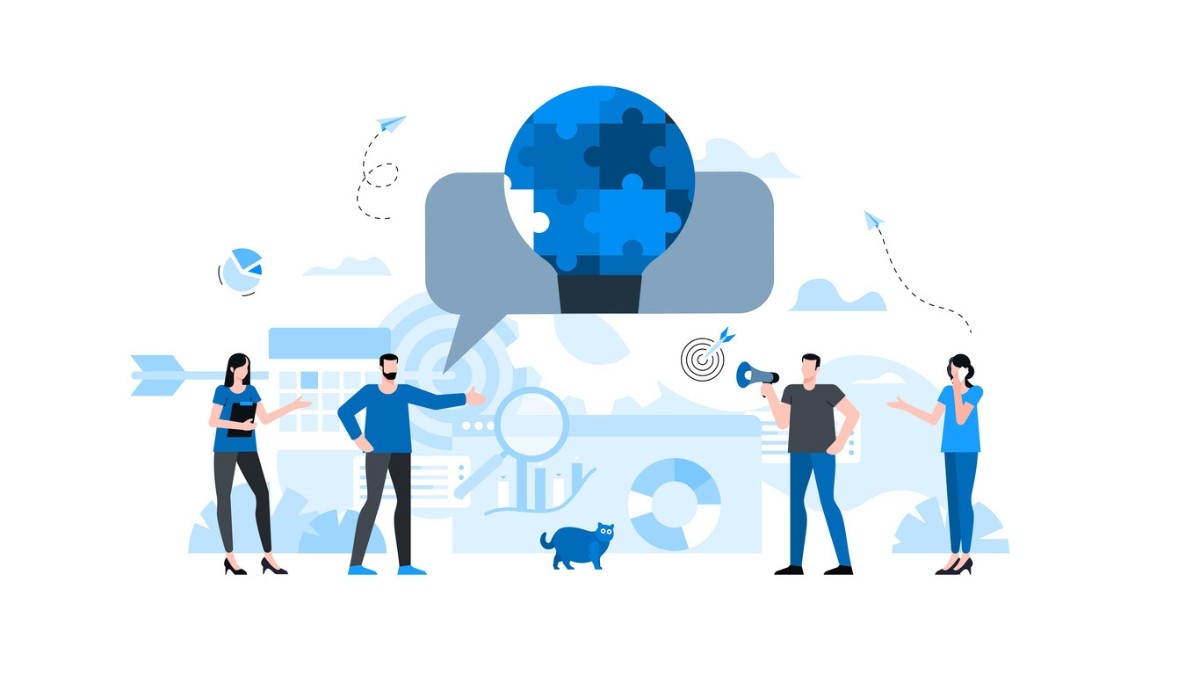Reinforcement Learning Vs Supervised Learning: How AI Learns Through Rewards
By
Samantha Cox
•
Jul 12, 2025
When should you use reinforcement learning vs supervised learning? Understanding the key differences between these two machine learning approaches can help you choose the right method for your project. This article will explore how reinforcement learning and supervised learning differ, their data requirements, their learning processes, and ideal applications.
Key Takeaways
Supervised learning relies on labeled data for training and focuses on minimizing prediction errors, making it suitable for classification and regression tasks.
Reinforcement learning operates without labeled datasets, using a reward mechanism to guide agents in sequential decision-making to maximize cumulative rewards over time.
The two paradigms differ significantly in their learning processes, data requirements, and feedback mechanisms, with supervised learning providing immediate corrections and reinforcement learning involving delayed feedback.
Understanding Supervised Learning

Supervised learning is a cornerstone of machine learning, defined by its use of labeled data where the algorithm is trained with tagged examples. Supervised learning relies on a labeled dataset, where each example is annotated with the correct output to guide the learning process. In supervised learning, each input in the dataset is associated with a corresponding output, enabling the model to learn the relationship between them. This learning process involves adjusting model weights to minimize the difference between predicted and actual outputs.
Supervised learning problems can be broadly categorized into classification and regression tasks. Classification algorithms, such as support vector machines, decision trees, and neural networks, are used to categorize data into distinct classes. On the other hand, regression problems focus on predicting continuous values, such as estimating the price of an apartment based on various features, often utilizing model-based methods.
Applications of supervised learning are vast, ranging from image recognition and spam detection to medical diagnoses and stock market predictions. The ultimate goal is for the supervised learning model to generalize well to new, unseen data from the same distribution, ensuring reliable performance in real-world scenarios. Semi-supervised learning is also gaining traction in various fields.
Training a supervised learning model requires a substantial amount of labeled data points. This data, known as the training data set, includes numerous training examples that guide the model through the learning process. The more diverse and comprehensive the input data, the better the model’s performance and accuracy in training RL models, especially when considering similar data points.
Diving into Reinforcement Learning

Reinforcement learning (RL) is a dynamic area of machine learning where agents make sequential decisions to achieve specific goals through trial and error. Unlike supervised learning, reinforcement learning does not rely on labeled datasets. Instead, it uses a reward function to provide feedback to the agent regarding the effectiveness of its actions.
A key concept in reinforcement learning is the Markov Decision Process (MDP), which models the environment in terms of state space and actions. The reinforcement learning agent interacts with this environment, making decisions that maximize cumulative rewards over time. Designing reward functions to align with desired behaviors is crucial to ensure the agent acts as intended and avoids unintended or biased actions. This process involves policy improvement and the development of an optimal policy, where the agent continuously enhances its strategy based on the current state and reward functions.
Reinforcement learning is particularly well-suited for complex decision-making tasks that require learning from trial and error. RL agents can learn from scratch in simulation environments without an initial dataset, making it ideal for applications like autonomous driving, robotics, and game playing, especially when utilizing RL algorithms, dynamic programming, and learning. RL is particularly effective in a dynamic environment where conditions change unpredictably, requiring agents to adapt their strategies. Additionally, RL agents can learn without prior knowledge of the environment's dynamics, relying instead on experience gathered through interaction.
Deep reinforcement learning, which combines RL with deep learning, has further advanced the capabilities of RL agents, enabling them to handle more complex environments and tasks.
The learning process in reinforcement learning is driven by the feedback received from the environment. Unlike supervised learning, where feedback is immediate and explicit, reinforcement learning often involves delayed feedback based on the overall outcome. This makes the learning process more challenging but also more flexible and powerful for certain applications.
Markov Decision Processes: The Foundation of Reinforcement Learning

Markov Decision Processes (MDPs) sit at the core of reinforcement learning, shaping how machines learn to make decisions in uncertain and dynamic environments. Think of an MDP as a blueprint for decision-making, where every state, action, and reward works together to help an AI system choose the best possible path. It provides the structure that allows an agent to understand its surroundings, take action, and learn from the results over time.
At each step, the agent observes its current state, selects an action, and receives feedback through a reward and a new state. Gradually, it develops a policy, a strategy for making decisions, that maximizes its total reward. Simple in theory, yet remarkably powerful in practice, this process underlies applications like robotics, autonomous vehicles, and intelligent systems that adapt in real time.
MDPs formalize the concept of trial and error, a process humans rely on every day. Deep reinforcement learning expands this by combining deep neural networks with reinforcement learning principles, enabling AI to interpret complex data such as images or natural language while continuously improving through experience. Algorithms like temporal difference learning and policy gradient methods drive this progress. Q-learning refines decisions by comparing predicted and actual rewards, while policy gradient methods directly adjust the agent’s decision-making to boost performance.
When solving MDPs, two main strategies emerge: model-based and model-free methods. Model-based approaches use internal simulations to predict outcomes and plan, while model-free ones skip the modeling step and learn directly from experience. Techniques from supervised, unsupervised, and semi-supervised learning can also support reinforcement learning by refining predictions and uncovering hidden patterns in data.
Ultimately, Markov Decision Processes form the foundation of intelligent behavior in AI. They allow systems to explore, adapt, and make reasoned choices in uncertain environments. Whether guiding robots, optimizing financial strategies, or improving conversational agents, MDPs play a vital role in teaching machines how to think and act with purpose.
Key Differences Between Supervised and Reinforcement Learning
While both supervised and reinforcement learning are subsets of machine learning, their goals and methods differ significantly. The primary goal of supervised learning is to minimize prediction errors on known data, whereas reinforcement learning focuses on maximizing cumulative rewards over time through a sequence of actions.
Supervised learning and reinforcement learning differ in the following ways:
Supervised learning requires a substantial amount of labeled data to train effectively.
Reinforcement learning generates its own data through exploration and interaction with the environment.
Supervised learning algorithms learn from labeled data.
In reinforcement learning frameworks, the RL agent acts as an autonomous decision-making entity that gains knowledge through environment interactions.
The feedback mechanisms in these learning paradigms also differ. In supervised learning, feedback is immediate, reward and clear; if a prediction is wrong, the model receives the correct answer right away. In contrast, reinforcement learning often involves delayed feedback, where the correct action must be inferred over time based on the accumulated rewards.
Supervised learning is well-suited for tasks like classification and regression, where historical input-output examples exist, while reinforcement learning is ideal for decision-making tasks that require learning from trial and error. This makes reinforcement learning particularly valuable in fields like robotics and autonomous systems, where agents must adapt to dynamic environments and make real-time decisions.
How Fonzi Uses AI Talent for Your Needs
Fonzi is revolutionizing the way companies hire AI talent by connecting them with highly skilled AI engineers through a transparent and structured hiring process. Unlike traditional job platforms, Fonzi differentiates itself with a unique ‘Match Day’ event, where pre-vetted candidates are assessed through structured evaluations, ensuring a fair and efficient hiring process.
The platform incorporates fraud detection mechanisms during its evaluation processes to guarantee that only authentic candidates participate. Fonzi also emphasizes bias auditing, which enhances equitable candidate matching based solely on demonstrated skills and performance. This structured approach helps build trust between employers and candidates, optimizing the overall hiring experience.
Automating various recruitment tasks allows Fonzi to:
Help teams focus on strategic aspects of hiring.
Enhance candidate communication through automation, improving the candidate experience and engagement.
Use algorithms to identify suitable candidates more accurately by matching resumes to job descriptions, resulting in higher candidate quality and lower turnover rates.
Fonzi scales with you, whether you’re hiring your first AI engineer or expanding a full team. From early-stage startups to global enterprises, it adapts to your growth, simplifies recruitment, and connects you with top AI talent quickly and efficiently.
Why Choose Fonzi Over Traditional Hiring Methods

Fonzi delivers a smarter, faster, and more consistent approach to hiring, far beyond what traditional methods can achieve. Most hires are completed within three weeks, dramatically reducing the time it takes to bring new talent on board. Whether you’re a growing startup or a global enterprise, Fonzi adapts to your needs and scales effortlessly to match your hiring goals.
What truly sets Fonzi apart is its commitment to a great candidate experience. Every applicant feels informed, engaged, and connected to the right opportunities. The result? Stronger matches, lower turnover, and teams that perform better from day one. Fonzi doesn’t just speed up hiring; it makes it smarter, ensuring that every placement adds real value to your business.
Supervised Learning in Practice
Supervised learning finds extensive applications across various fields. In natural language processing (NLP), supervised learning is used for tasks such as parsing text and sentiment analysis, where algorithms classify text as positive, negative, or neutral based on labeled datasets.
Anomaly detection, another key application of supervised learning, identifies deviations from normal patterns, which is crucial for fraud detection and network security. Common algorithms for NLP tasks include decision trees, logistic regression, neural networks, and support vector machines, each offering unique advantages depending on the specific application.
Supervised learning also plays a vital role in visual data analysis, where it is used by data scientists to identify patterns in medical images, detect unusual patterns, and improve picture quality. These applications highlight the versatility and impact of supervised learning across different domains.
Comparing Supervised and Unsupervised Learning
Supervised and unsupervised learning are two fundamental paradigms in machine learning, each with distinct approaches and applications. Unsupervised learning identifies patterns and structures in data without predefined labels, allowing models to discover relationships independently. An unsupervised learning model operates without labeled data, focusing on discovering underlying structures and patterns in unstructured datasets. Unlike supervised learning, unsupervised learning does not rely on labeled datasets for training.
While supervised learning predicts outcomes based on labeled data, unsupervised learning models focus on identifying structures within the data. Common algorithms used in unsupervised learning include techniques such as K-Means clustering, Principal Component Analysis (PCA), and Autoencoders.
The key difference lies in their applications: supervised learning is suited for tasks where historical input-output examples exist, whereas unsupervised learning excels in discovering hidden patterns and structures in large datasets without requiring labeled data.
Reinforcement Learning vs. Supervised Learning
To provide a clear comparison, the following table summarizes the key differences between reinforcement learning and supervised learning:
Feature | Supervised Learning | Reinforcement Learning |
Learning Process | The teacher provides the correct answers for training | Feedback through rewards or penalties |
Goal | Minimize prediction errors | Maximize cumulative rewards |
Data Requirements | Requires labeled data | Generates data through interaction |
Feedback | Immediate correction of errors | Delayed feedback based on outcomes |
Ideal Applications | Classification, Regression | Sequential decision-making, Robotics |
This table highlights the distinct relevant features and use cases of each learning paradigm, helping readers understand when and why to use each approach in future states.
Summary
We’ve explored how machines learn, whether through the structured guidance of supervised learning or the trial-and-error mastery of reinforcement learning. One depends on labeled data; the other thrives on exploration. Both, however, are shaping the future of artificial intelligence in powerful ways.
But here’s the real question: what good is cutting-edge AI without the right people behind it? That’s where Fonzi changes the game. It’s not just a hiring platform; it’s a smarter, faster way to connect with world-class AI engineers who can turn bold ideas into reality.
Startups looking to build their first AI team? Covered. Global enterprises scaling innovation? Fonzi’s got them too. In a world where every second counts, Fonzi helps you find the talent that keeps your projects and your progress moving forward.
Because at the end of the day, AI might teach machines how to learn, but Fonzi helps companies find the humans who make that learning matter.




